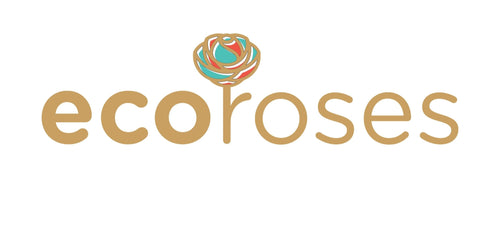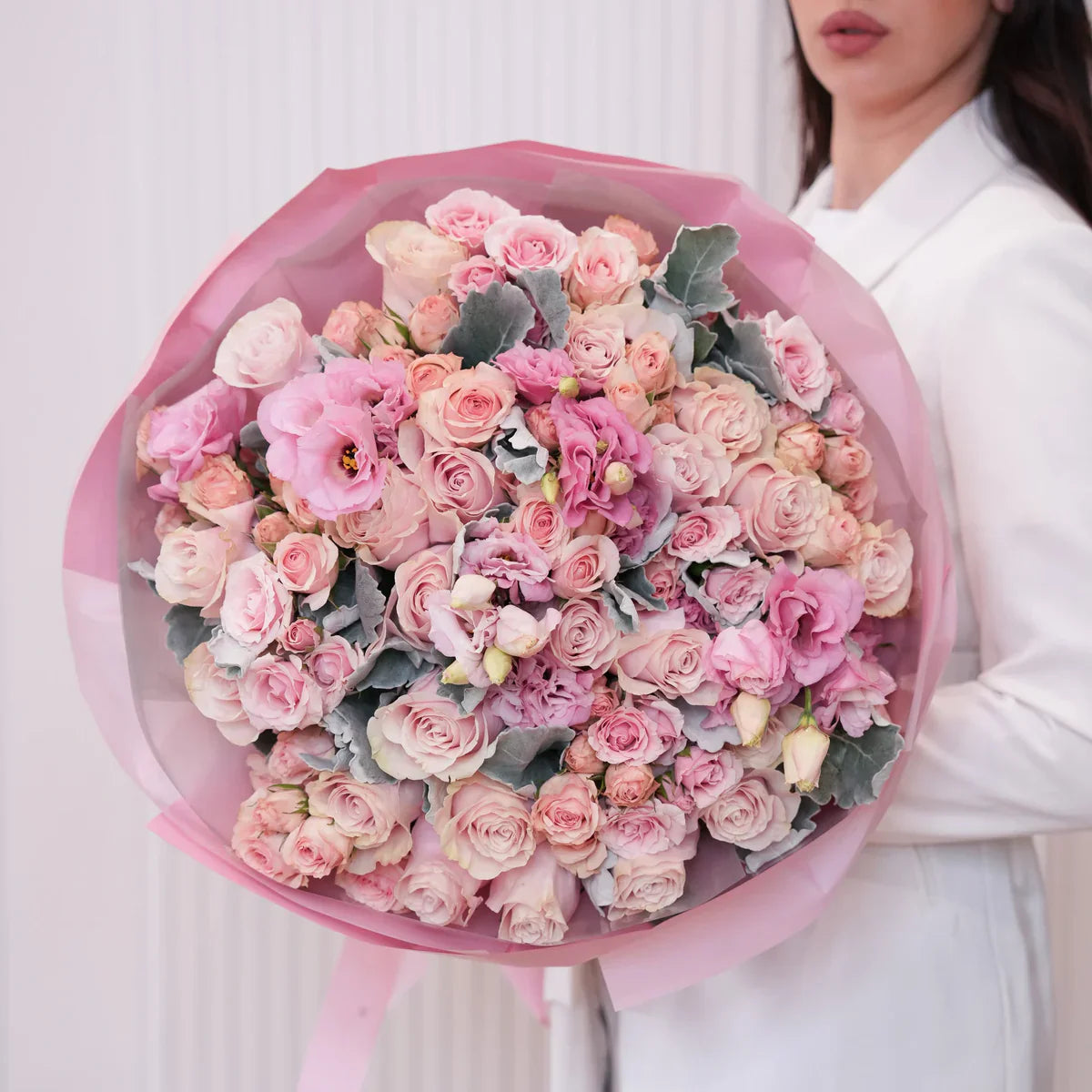From handwoven garments to sacred murals, flowers have inspired centuries of traditional clothing and artistic expression. Across continents and cultures, these delicate blooms have blossomed into symbols of spirituality, femininity, power, and beauty. Whether in the thread of a kimono or the brushstroke of a fresco, flowers are far more than decoration-they’re language, legacy, and living heritage.
To celebrate the artistry of flowers, consider exploring Ecoroses LA’s vibrant floral arrangements, where nature’s most timeless beauty finds modern expression.
🌺 The Universal Language of Floral Motifs
Flowers transcend borders. They are part of universal human storytelling, with roles in mythology, seasonal rituals, and visual symbolism. Whether stylized or realistic, floral motifs are used to express:
-
Love and passion
-
Fertility and renewal
-
Spiritual transcendence
-
Social status and regional pride
These meanings shape how flowers appear in traditional garments, religious icons, ceramics, folk paintings, and even architectural elements.
🌸 Flowers in Traditional Clothing Around the World
Let’s explore how various cultures integrate flowers into their textile traditions-each bloom chosen with intention.
🇯🇵 Japan: Kimono and the Language of Flowers (Hanakotoba)
In Japan, the kimono is a canvas for seasonal storytelling. Floral patterns on silk aren’t just decorative-they speak through hanakotoba, the Japanese flower language.
Popular Motifs:
-
Cherry blossom (sakura): Transience, beauty
-
Chrysanthemum: Longevity, imperial power
-
Wisteria: Elegance and humility
Kimono designs change with the seasons and social events. Wearing the right floral motif reflects mindfulness and cultural literacy.
🇮🇳 India: Sarees, Embroidery & Spiritual Blooms
In India, flowers are deeply spiritual and appear in sarees, lehengas, turbans, and more.
Key Floral Symbols:
-
Lotus: Purity, divine energy
-
Marigold: Prosperity, sun connection
-
Jasmine: Romance and blessing
Techniques like zari work (metallic thread embroidery), kantha stitching, and block printing often use repetitive flower motifs to represent abundance and devotion.
🇲🇽 Mexico: Huipils & Otomi Embroidery
Traditional Mexican garments, like huipils and rebozos, feature embroidered flowers reflecting indigenous mythology and the surrounding landscape.
Otomi Textiles:
-
Inspired by wildflowers, sunflowers, and agave blossoms
-
Symbolize connection to the earth and ancestral spirits
These colorful patterns are hand-embroidered by artisans and passed through generations.
🇨🇳 China: Silk Robes & Floral Symbolism in Dynastic Fashion
In ancient China, floral motifs conveyed not only beauty but also rank and virtue. The peony became a favored symbol during the Tang Dynasty.
Notable Blooms:
-
Peony: Wealth, honor
-
Plum blossom: Resilience
-
Orchid: Scholarship, purity
You’ll find these flowers intricately woven into silk qipaos, court robes, and even imperial furnishings.
🇺🇦 Ukraine: Vyshyvanka (Embroidered Shirts)
The vyshyvanka, Ukraine’s iconic embroidered blouse, often features red poppies, roses, and calendulas.
Symbolism:
-
Protection from evil
-
Connection to the land
-
Expression of love and strength
Each region in Ukraine has its own floral embroidery patterns, rich with meaning and history.
🖌️ Flowers in Traditional & Fine Art
Throughout art history, flowers have served as more than pretty subjects. They’ve embodied philosophical ideas, religious messages, and social commentary.
🌿 Religious Art
In Christian iconography:
-
Lily: Virgin Mary’s purity
-
Rose: Christ’s sacrifice and divine love
-
Iris: Sorrow and redemption
In Hindu and Buddhist traditions:
-
Lotus: Enlightenment, detachment from worldly suffering
These symbols appear in stained glass, illuminated manuscripts, temple carvings, and murals across continents.
🎨 European Floral Painting
From Dutch still lifes to French impressionism, flowers have long been artistic muses.
-
Dutch Golden Age: Tulips, roses, and irises represented life’s impermanence.
-
Van Gogh: Sunflowers symbolized devotion and inner turmoil.
-
Monet: Water lilies expressed tranquility and abstraction.
These works used flowers not only for aesthetics, but to express inner worlds and universal themes.
🧵 Folk Art & Decorative Design
In folk art, flowers are stylized into:
-
Polish wycinanki (paper cuttings)
-
Scandinavian rosemaling (floral scroll painting)
-
Russian khokhloma (lacquerware with wild berries and flowers)
These forms reflect the flora of each region, seasonal cycles, and a deep connection to agricultural life.
🧶 Techniques That Bring Flowers to Life
Flowers influence the methods of making art just as much as the final designs. Across the globe, floral beauty inspires:
-
Hand embroidery with silk or cotton thread
-
Block printing with carved wooden floral stamps
-
Batik wax-resist dying with floral motifs
-
Tapestry weaving of garden scenes
-
Ceramic painting of blossoms and vines
Even in tattoo art, henna, and beadwork, flowers play leading roles.
🎎 Flowers in Cultural Festivals & Ceremonial Wear
Flowers adorn the most important milestones:
-
Hawaiian lei for greetings and blessings
-
Indian garlands in weddings and temple rituals
-
Floral crowns in Slavic midsummer festivals
-
African ceremonial robes with woven floral symbols
These traditions live on in performances, weddings, and global celebrations.
🎨 Modern Revivals: Flowers in Contemporary Fashion & Design
Designers like Dior, Gucci, and Sabyasachi continue to be inspired by traditional floral motifs-blending them with modern silhouettes and sustainability.
Floral symbolism is also seen in:
-
Streetwear collaborations
-
Ethically sourced fashion brands
-
Museum exhibitions of heritage textile art
Even eco-conscious florists, like Ecoroses LA, continue this legacy-offering bouquets that feel more like wearable art pieces than simple gifts.
🧘 Why Floral Art Still Matters Today
In an era of fast fashion and AI-generated visuals, why are hand-embroidered daisies or painted petals still so impactful?
Because they represent:
-
Human connection to nature
-
Slowness, ritual, and care
-
Personal and cultural identity
-
Emotional storytelling
Floral motifs are reminders of where we come from-and what we wish to preserve.
🌹 Where Tradition Meets Today: Modern Flower Gifting
Modern floral design continues to reflect cultural roots:
-
A red rose bouquet for romantic love
-
A minimalist orchid arrangement for elegance
-
A wildflower mix for grounded beauty
Looking to gift something timeless yet expressive? Explore Ecoroses LA’s floral collections where you can choose artful arrangements that speak to tradition, modern taste, and the unique message you want to send.
🌍 Final Thoughts: The Enduring Power of the Petal
Across garments, galleries, and generations, flowers have shaped how we express our heritage, emotions, and creativity. They’ve grown with us-from the fiber of our clothing to the canvas of our lives.
So next time you spot a rose on a robe or a lotus in a painting, pause to ask-what story is this flower trying to tell?
And when you're ready to share a story of your own, let it bloom beautifully-through flowers.


